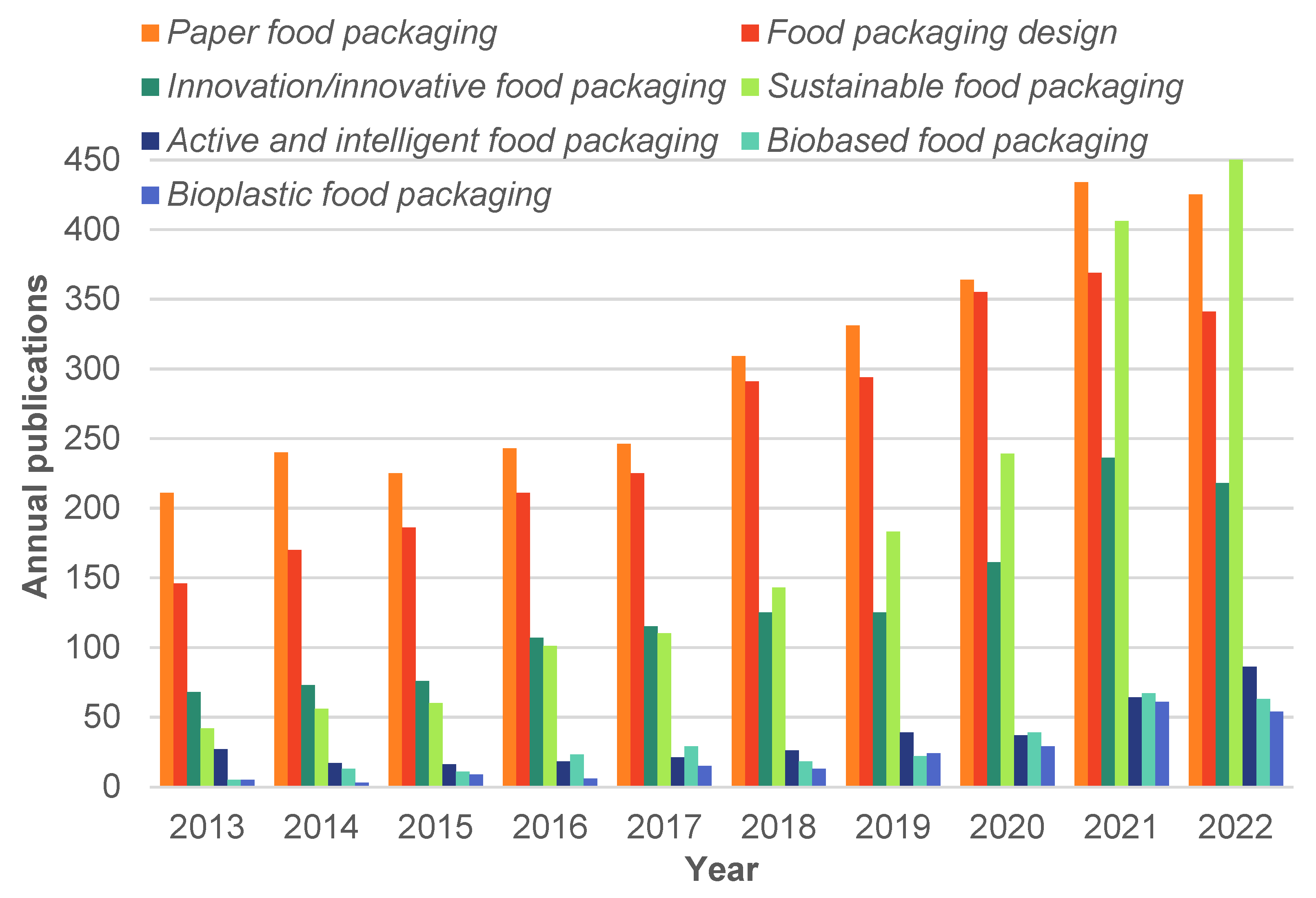
Introduction: The Rise of Reusable Baking Mats
As home bakers and professional chefs seek healthier, more sustainable kitchen solutions, reusable silicone baking mats have become a popular alternative to parchment paper, aluminum trays, and non-stick pans. But a common question remains: Are reusable silicone baking mats safe? This article explores their material safety, temperature resistance, chemical stability, and environmental impact to help you make an informed decision.
Key Statistic:
-
Over 62% of home bakers prefer silicone mats for their non-stick surface and eco-friendly benefits (Kitchen Appliance Trends Report, 2023).
1. Material Composition: What Makes Silicone Baking Mats Safe?
Silicone baking mats are made from food-grade silicone, a synthetic polymer derived from silica (sand). Their safety stems from:
A. Chemical Inertness
-
Unlike plastic, silicone does not react with food or release harmful fumes, even at high temperatures.
-
Contains no bisphenol A (BPA), phthalates, or lead.
B. FDA and LFGB Certification
-
FDA Approval (U.S.): Meets 21 CFR 177.2600 standards for food contact materials.
-
LFGB Certification (Germany): Ensures odorless, tasteless, and non-toxic properties under rigorous testing.
C. Reinforced Fiberglass Mesh
-
Most mats have a fiberglass mesh core for structural stability and even heat distribution.

2. Temperature Resistance: Safe for Extreme Heat
One of the most critical factors in baking mat safety is temperature tolerance.
A. Safe Operating Range:
-
-40°C to 260°C (-40°F to 500°F)
-
Retains shape and integrity without melting, burning, or releasing toxins.
B. Scientific Backing:
-
A 2022 study by Materials Science Journal found no chemical degradation in silicone mats after 500 cycles of 230°C (450°F) oven use.
-
Unlike Teflon-coated pans, silicone does not emit toxic fumes when overheated.
3. Chemical Leaching: Do Silicone Mats Release Toxins?
The primary concern with any food-contact material is chemical migration.
A. Non-Reactive Properties
-
Silicone’s inorganic structure prevents leaching of microplastics or volatile organic compounds (VOCs).
-
Independent lab tests confirm zero migration of harmful substances into food.
B. Comparative Safety:
-
Plastic Baking Liners: Can melt or release estrogen-mimicking compounds when heated.
-
Non-Stick Pans: May degrade at high temperatures, releasing perfluoroalkyl substances (PFAS).
Note: Always avoid low-quality mats labeled as “food-grade” without proper certifications, as they may contain fillers like calcium carbonate that compromise safety.
4. Comparison with Traditional Baking Materials
|
Feature
|
Silicone Mats
|
Parchment Paper
|
Aluminum Trays
|
Non-Stick Pans
|
|
Chemical Safety
|
★★★★★
|
★★★★☆
|
★★★☆
|
★★★☆
|
|
Durability
|
★★★★★
|
★☆☆
|
★★★★☆
|
★★★☆
|
|
Heat Resistance
|
★★★★★
|
★★★☆
|
★★★★★
|
★★★★
|
|
Non-Stick Surface
|
★★★★★
|
★★★☆
|
★★☆
|
★★★★
|
|
Eco-Friendliness
|
★★★★★
|
★★★☆
|
★★★★
|
★★★☆
|

ALT: Bar graph comparing safety, durability, and eco-friendliness of baking materials
5. Practical Benefits Beyond Safety
A. Non-Stick Performance
-
Eliminates the need for butter, oil, or cooking spray, reducing fat intake.
B. Even Heat Distribution
-
Fiberglass mesh ensures uniform baking, preventing burnt edges or undercooked centers.
C. Easy Cleaning
-
Dishwasher-safe and resistant to stains and odors.
D. Cost-Effective Longevity
-
Lasts 2–5 years with proper care, outperforming single-use parchment paper.
6. How to Use and Care for Silicone Baking Mats
Usage Tips:
-
Avoid Sharp Objects: Do not cut directly on the mat.
-
Check for Wear: Replace if cracks, discoloration, or peeling occur.
Cleaning Guidelines:
-
Dishwasher Safe: Use top rack for best results.
-
Manual Wash: Mild soap and warm water suffice.
Storage:
-
Roll or lay flat to prevent creasing.
7. Environmental Impact: Are Silicone Mats Eco-Friendly?
While not biodegradable, silicone mats are more sustainable than single-use options:
-
Reusable: Reduces landfill waste from parchment paper and disposable pans.
-
Non-Toxic Production: Releases fewer greenhouse gases than plastic manufacturing.
-
Recyclable: Through specialized programs (check local facilities).
Pro Tip: Pair silicone mats with glass or ceramic bakeware for maximum eco-friendliness.
Conclusion: Why Silicone Baking Mats Are a Safe Choice
The answer to "Are reusable silicone baking mats safe?" is a resounding yes—when certified to food-grade standards. Their chemical stability, temperature resistance, and durability make them a superior alternative to traditional baking materials. For manufacturers and consumers alike, investing in high-quality silicone products ensures safety, sustainability, and long-term value.
At YIDEXIN, we specialize in producing FDA-certified silicone baking mats designed for safety, performance, and style. Explore our collection to find the perfect fit for your kitchen.




 86-592-5659128 (to8016)
86-592-5659128 (to8016) anna@xmydx.com
anna@xmydx.com sallyliao1985
sallyliao1985 xmydx02
xmydx02 +86-13606037597
+86-13606037597